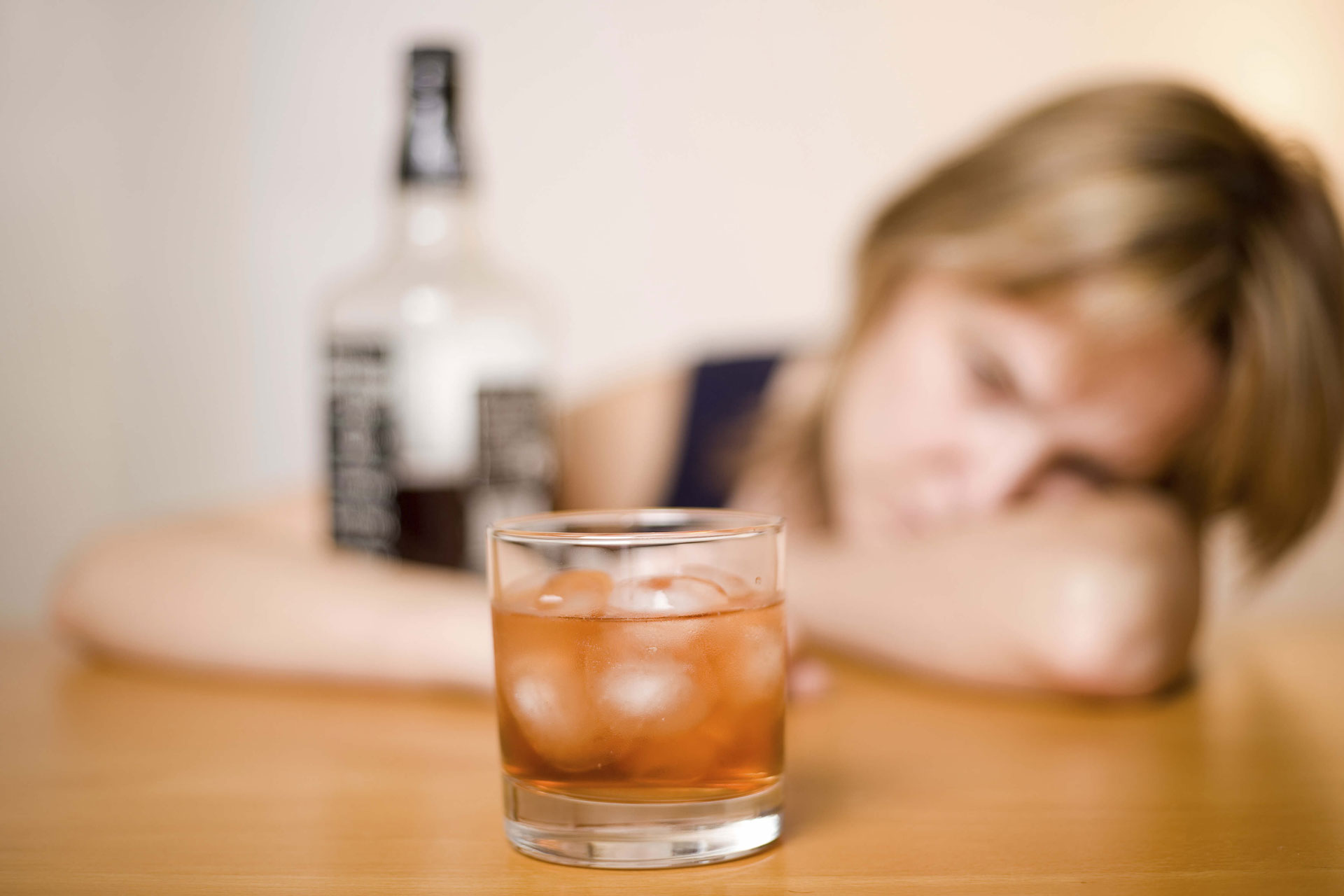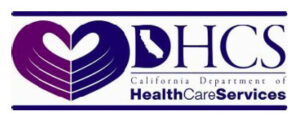The journey through alcohol detox can be daunting. Knowing what symptoms to expect and their timelines is crucial for effective recovery. Each individual experiences alcohol detox differently. A myriad of factors, including the duration of alcohol use and personal health, play a role in symptom severity.
Initial Phase: The First 6 Hours
Alcohol detox symptoms typically begin within six hours after the last drink. During this initial phase, individuals may experience anxiety, headache, nausea, and tremors. These early symptoms often signal the body’s response to alcohol withdrawal. Many find it challenging to manage these feelings without professional help.
Early Symptoms: 6 to 24 Hours
From six to 24 hours, symptoms can escalate. Some individuals may experience increases in heart rate, sweating, and shaking. Others may develop insomnia, irritability, or fatigue. Increased emotional distress is common during this time too. Many rehab centers prioritize medical support to manage these symptoms, ensuring safety and comfort.
Severe Withdrawal: 24 to 48 Hours
The timeline becomes more severe within 24 to 48 hours. Individuals can experience hallucinations, significant confusion, and severe anxiety. These symptoms may lead to delirium tremens (DTs), a serious condition that typically requires immediate medical intervention. Health professionals monitor patients closely during this stage to mitigate risks.
Delirium Tremens: A Critical 48 to 72 Hours
The risk of DTs peaks between 48 and 72 hours after the last drink. Symptoms like extreme agitation, disorientation, and severe tremors can lead to life-threatening complications. It’s vital to seek treatment in a controlled environment during this phase. Medications may be administered to reduce the risk of DTs effectively.
Withdrawal Symptoms Timeline: Weeks 1-2
After the first three days, withdrawal symptoms usually reach a peak. By week one, patients may still feel fatigued or anxious. Sleep disturbances and mood swings also remain common. Some individuals begin to notice improved mood after the first week. However, cravings can resurface significantly.
Post-Acute Withdrawal Syndrome (PAWS): Weeks 2-4
Withdrawal does not end after the initial detox phase. Post-Acute Withdrawal Syndrome can occur in weeks two to four. Symptoms include lingering mood swings, sleep difficulties, and cravings. Patients must remain engaged in therapeutic programs to manage PAWS effectively. Continued support is critical during this time.
Understanding Triggers and Coping Mechanisms
During rehab, understanding triggers can empower individuals in their recovery journey. Many find group therapy beneficial for sharing experiences. Coping mechanisms, like mindfulness and exercise, also help manage cravings. Engaging with holistic treatments can enhance emotional well-being.
Support Systems During Rehab
Support systems play an essential role in alcohol detox. Family and friends provide emotional support. Professional counselors offer guidance through the detox process. Many rehab facilities emphasize a strong community support network, facilitating recovery and understanding.
Aftercare: Maintaining Sobriety Beyond Rehab
After completing rehab, individuals must focus on aftercare. Continued therapy and support groups can help maintain sobriety. Strategies for coping with triggers should be integrated into daily life post-rehab. Support programs such as Alcoholics Anonymous foster long-term recovery.
In conclusion, alcohol detox is a significant step towards recovery. By anticipating symptoms and timelines, individuals can navigate the path to sobriety with greater ease. Always seek professional help to ensure a safer detox experience.






